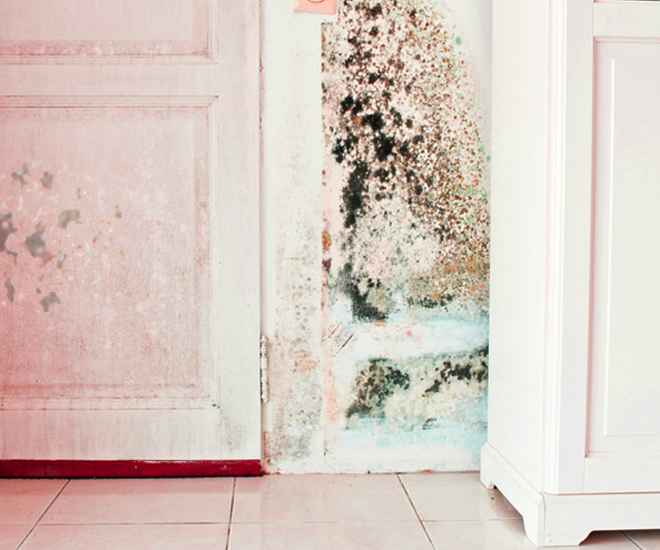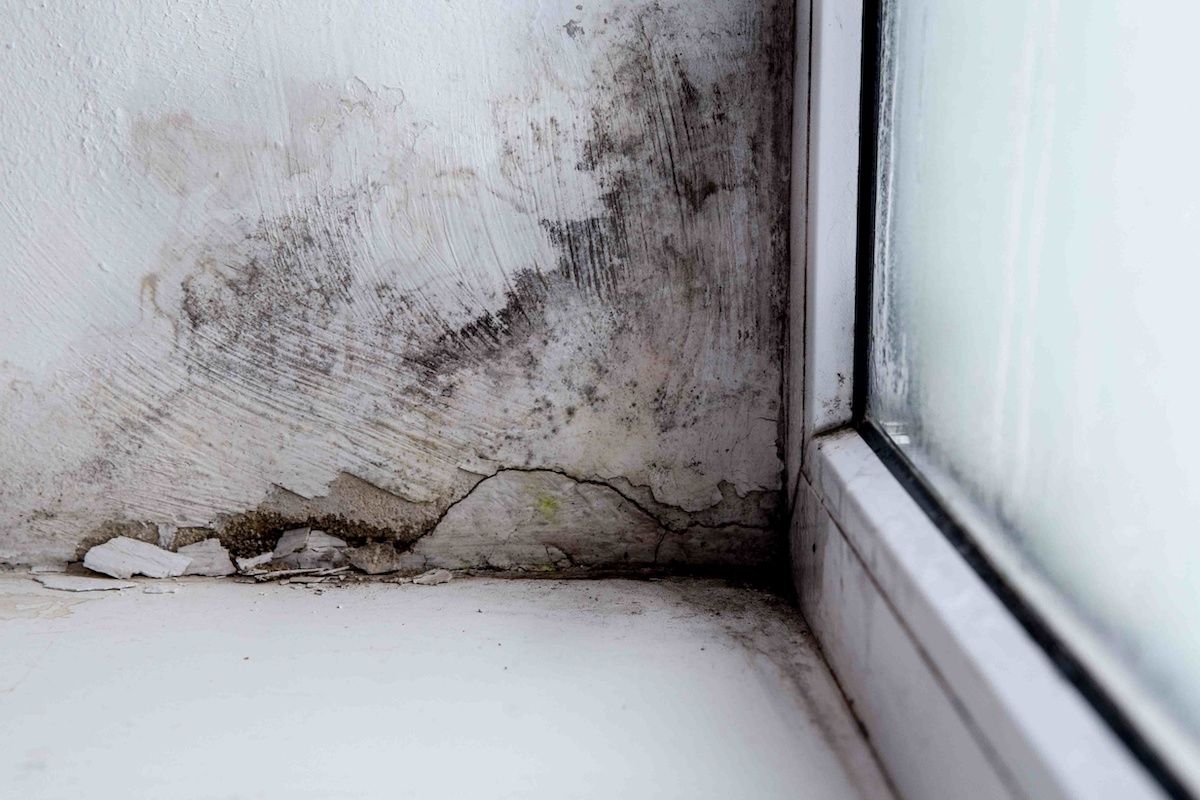Crafting a Comprehensive Post Mold Remediation Report
Expert Tips for Blog Post Mold And Mildew Remediation Success
In the world of mold remediation, successfully removing mold and mildew is just half the fight; real difficulty hinges on avoiding its reappearance. Post-remediation efforts play a vital role in making certain a mold-free environment in the long term. By adhering to skilled ideas and best practices, individuals can safeguard their rooms against mold and mildew resurgence and maintain a healthy and balanced indoor environment. It remains in this phase of the remediation process that focus to information and aggressive procedures really make a difference.
Screen Humidity Levels Consistently
Regular surveillance of moisture levels is crucial in making sure the performance of article mold remediation initiatives. After completing mold remediation treatments, preserving optimum moisture levels is essential to avoid mold re-growth and guarantee a healthy and balanced interior atmosphere. Surveillance humidity levels enables very early discovery of any kind of spikes or changes that can possibly result in mold rebirth. High humidity degrees over 60% create a favorable environment for mold to thrive, making normal keeping an eye on an aggressive procedure to stop any type of future mold problems - Post Remediation verification.
Furthermore, establishing a routine schedule for moisture checks, particularly in high-risk locations such as basements, restrooms, and kitchens, is a proactive method to mold and mildew avoidance. By consistently keeping an eye on moisture levels, residential property owners can successfully mitigate the risk of mold reoccurrence and preserve a healthy interior environment post-remediation.
Conduct Thorough Inspections Post-Remediation
Adhering to the conclusion of mold remediation treatments, it is critical to carry out comprehensive examinations to verify the efficiency of the remediation procedure. These post-remediation inspections are crucial in making certain that the mold problem has been successfully attended to and that there is no recurrence or remaining mold and mildew development. Inspections must be brought out by qualified experts that have experience in identifying mold and mildew and examining indoor air high quality.
During these inspections, different techniques such as visual evaluations, air tasting, and surface area sampling might be utilized to extensively examine the remediated areas. Aesthetic assessments involve a detailed examination of the facilities to look for any type of visible indications of mold and mildew development or water damage. Air sampling helps in establishing the airborne mold spore degrees, while surface sampling can find mold bits on surfaces.
Implement Appropriate Air Flow Strategies
After ensuring the performance of the mold removal procedure via complete assessments, the following crucial action is to focus on implementing proper air flow techniques. Appropriate ventilation is crucial in avoiding mold reoccurrence by controlling moisture degrees and promoting air blood circulation.
Correct ventilation not only aids in avoiding mold growth however additionally adds to the overall health and wellness and convenience of occupants. By making certain ample ventilation throughout the home, you can minimize the danger of mold regrowth and develop a much healthier living setting.

Usage Mold-Resistant Materials for Fixes
To improve the long-term effectiveness of mold and mildew remediation initiatives, integrating mold-resistant materials for fixings is crucial in mitigating the threat of future mold and mildew development. Mold-resistant materials are designed to hold up against moisture and hinder mold and mildew growth, making them an important option for areas vulnerable to moisture and moisture. When repairing areas influenced by mold, making use of products such as mold-resistant drywall, mold-resistant paints, and mold-resistant caulking can help prevent mold and mildew reappearance.
Mold-resistant drywall is an exceptional choice to conventional drywall in locations like basements and restrooms where dampness levels are higher. This sort of drywall has a special coating that stands up to mold and mildew development also when exposed to damp problems. Additionally, utilizing mold-resistant paints including antimicrobial representatives can better hinder mold and mildew development on weblink ceilings and walls.
In areas where wetness prevails, such as bathrooms and cooking areas, making use of mold-resistant caulking around bathtubs, home windows, and sinks can aid secure out water and avoid mold from holding in splits and crevices. By investing in these mold-resistant products during fixings post-remediation, you can substantially minimize the probability of future mold issues and preserve a healthier interior atmosphere.
Maintain Tidiness and Address Water Issues
After mold remediation, it is crucial to preserve a clean environment to protect against the regrowth of mold. Leakages, water intrusion, or high moisture degrees can develop the ideal breeding ground for mold and mildew, so it is critical to repair any type of water-related troubles right away.
To keep cleanliness, take into consideration making use of HEPA filters in vacuum cleaners and air purifiers to trap mold and mildew spores and prevent their blood circulation in the air. Additionally, making sure proper ventilation in areas susceptible to moisture build-up, such as bathrooms and kitchen areas, can help keep humidity levels in check. By staying watchful about cleanliness and dealing with water issues quickly, you can successfully protect against mold and mildew reinfestation and preserve a healthy and balanced indoor atmosphere.
Conclusion

In the world of mold and mildew remediation, efficiently eliminating mold and mildew is just half the fight; the true difficulty exists in stopping its reappearance. After finishing mold and mildew remediation treatments, keeping optimum humidity levels is crucial their explanation to avoid mold and mildew re-growth and ensure a healthy indoor atmosphere. High humidity levels above 60% create a favorable atmosphere for mold to flourish, making normal keeping track of a positive procedure to protect against any kind of future mold and mildew click over here concerns.
To enhance the long-term effectiveness of mold remediation initiatives, integrating mold-resistant materials for fixings is important in alleviating the threat of future mold and mildew growth. After mold remediation, it is crucial to maintain a tidy setting to protect against the regrowth of mold and mildew.